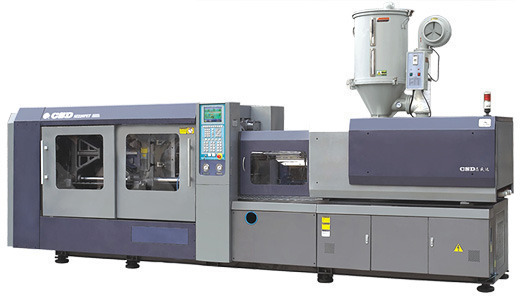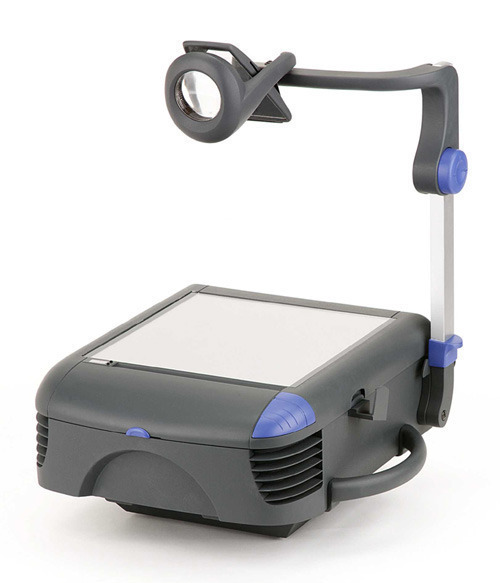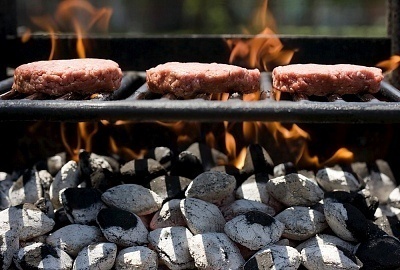A plastic injection molding machine or injection press is a device that melts plastics and materials made from other polymers, and injects them into a mold. Plastic injection molding machines are most often used to recycle plastic, but are also the primary device responsible for producing plastic objects in the first place. They use a technique known as injection molding and mold a wide variety of materials, despite the name.
How a Plastic Injection Molding Machine Works
Plastic injection molding machines’ plastic production processes may vary, but they all include an injection and clamping unit. The injection unit is responsible for melting the plastic and injecting it into a mold by using a ram or screw, although the screw version is much more common. The clamping unit is responsible for collecting the melted plastic and squeezing it out of a nozzle into a mold. The mold itself can range in size and shape, depending on the type of item that the press is designed to produce. Plastic injection molding machines are completely automated and are usually used for mass production.
Applications
Plastic injection molding machines have many different applications and are vital to the plastic industry. In fact, they are used to create virtually every plastic product in existence. These machines are used to create plastic combs, car dashboards, cups, plates, bottle caps, crates, bottles, and nearly every other small plastic item. Plastic injection molding machines are most often used in mass production but they can be used to create larger plastic objects such as playground equipment as well.
Advantages
Plastic injection molding machines have several critical advantages that gave them their popularity. They can produce items in large quantities in a relatively short period of time. They can also use over 18,000 materials to produce these items and leave minimal amounts of scrap material simply because any excess material can be remelted and used again. Plastic injection molding machines are also completely automated and require minimal supervision, lowering the labor cost involved in the production of plastic. Likewise, once a plastic item has been produced in the mold, there is often very little assembly involved in converting it to a finished product.
Disadvantages
Although plastic injection molding machines have many advantages, they also have several disadvantages. For example, plastic injection molding machines can be very expensive and must be installed in a specific location. Likewise, these machines cost a lot to keep running due to the high temperatures required to melt plastic and other polymers. Also, plastic injection molding machines must have an accurate mold in which to shape the plastic items that they produce, so a moldable plastic item must often be created manually.




Follow Us!